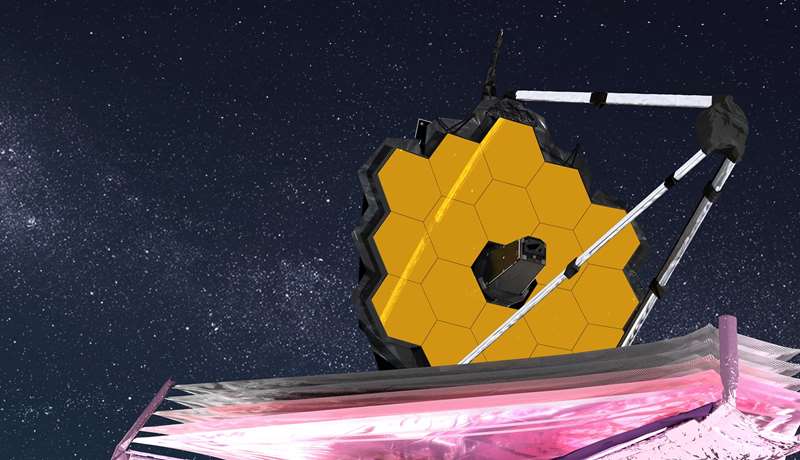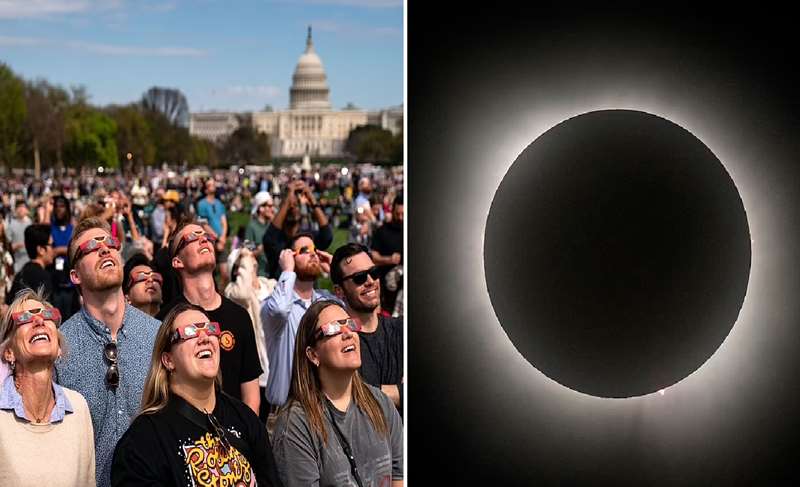What is the James Webb Space Telescope; How It Works

James Webb Space Telescope (JWST)
The James Webb Space Telescope (JWST) is a large, space-based observatory designed to observe the universe in infrared wavelengths. It is one of the most ambitious and complex scientific projects ever undertaken and is expected to revolutionize our understanding of the cosmos. Here's an overview of what the JWST is and how it works:
Purpose and Objectives
Observing the Early Universe: One of JWST's primary objectives is to study the very first stars and galaxies that formed after the Big Bang, providing insights into the universe's early evolution.
Studying Exoplanets: JWST will also investigate exoplanets (planets orbiting stars outside our solar system) and their atmospheres, searching for signs of habitability and potential biosignatures.
Understanding Star and Planet Formation: By observing regions where stars are born and planets form, JWST aims to shed light on the processes involved in these fundamental cosmic phenomena.
Key Features and Components
Large Primary Mirror: JWST features a 6.5-meter (21.3-foot) segmented primary mirror, much larger than the Hubble Space Telescope's mirror. This large mirror enables JWST to collect more light and achieve higher resolution in the infrared spectrum.
Infrared Instruments: The telescope is equipped with a suite of scientific instruments optimized for infrared observations, including cameras, spectrometers, and coronagraphs. These instruments allow JWST to capture detailed images and spectra of celestial objects across a wide range of wavelengths.
Sunshield: JWST's primary mirror and instruments are protected by a large, five-layer sunshield. The sunshield blocks heat and light from the Sun, Earth, and Moon, allowing the telescope's sensitive infrared detectors to operate at extremely cold temperatures (-233 degrees Celsius or -387 degrees Fahrenheit).
Orbit and Deployment: JWST is positioned at the second Lagrange point (L2), a stable gravitational point located about 1.5 million kilometers (approximately 930,000 miles) from Earth. Unlike telescopes in low Earth orbit, JWST does not orbit Earth but instead travels with Earth around the Sun. It was launched folded up inside the payload fairing of an Ariane 5 rocket and then deployed in space over a period of several weeks.
How It Works
Observation: JWST observes celestial objects by collecting infrared light with its large primary mirror. The collected light is directed to its scientific instruments, where it is analyzed to produce images, spectra, and other scientific data.
Data Transmission: After collecting data, JWST transmits it back to Earth using a high-speed communication link. Scientists on the ground receive and analyze the data to study various astronomical phenomena and address key scientific questions.
In summary, the James Webb Space Telescope is a cutting-edge observatory designed to explore the universe in infrared wavelengths, providing unprecedented insights into the early universe, exoplanets, star formation, and other cosmic phenomena. Its advanced technology and unique capabilities promise to revolutionize our understanding of the cosmos and inspire new discoveries for years to come.









পাঠকের মন্তব্য